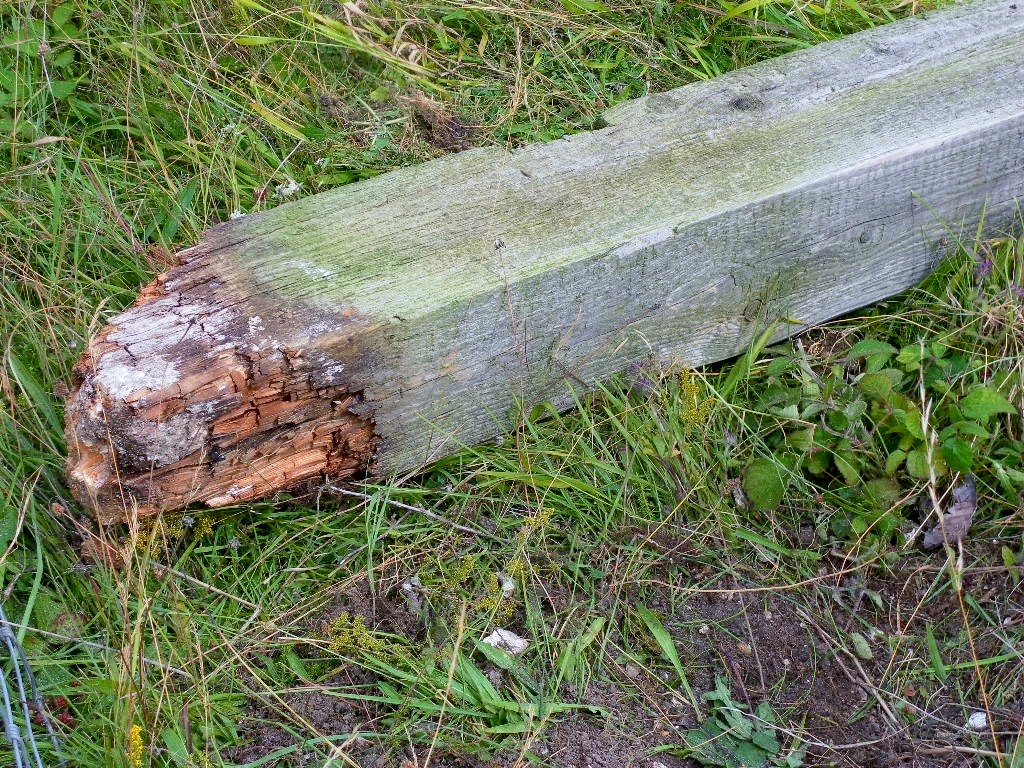South-Oxfordshire rain is very patriotic. Monday was a bank holiday. So naturally it rained, so that our weather could demonstrate its commitment to ‘British values’
There were
even severe-weather alerts in force for Oxfordshire yesterday. Today, when most people with 9-5 jobs were
back at work – and Wallingford Green Gym was set to be outside working on
fencing – the severe-weather alert for the county had been lifted.
Unfortunately,
the forecast for precipitation had only improved from >95 to 50% probability. It probably did in fact rain only half
the time, but it remained a disappointingly grey morning in an otherwise lovely
spot by the River Thames:
Nothing deterred,
Green-Gymmers confidently announced, when told today’s task consisted of
repairing fencing in a meadow which floods in winter:
“We’re big on fence-posts.”
To be more
precise, it was the men on the team proclaiming their prowess with spade, drivel,
and tamper. However, whenever I got the
camera out (between outbreaks of rain) to try and capture a shot of
Green-Gymmers at work today, it was women doing the heavy work of sinking a new
fence-post:
They insisted
I take a photograph of them “doing all the hard work, while the men stand
around and watch”:
The camera
doesn’t lie, they say; but, of course, it can only capture a moment in
time. I am sure that overall this
morning the work-loads were fairly distributed between team members. For myself, when I had delivered fresh fence-posts
to where they were needed (that means carrying them), I spent most of the
morning removing old staples from moribund fence-posts (and reflecting how odd
it feels to be using a hammer to take staples out).
Even as
simple a task as removing metalwork from a redundant fence-post makes for a
good work-out, when you meet a stubborn staple which has to be levered out by
brute force & ignorance. But that’s
why we do Green Gym: to get the exercise – as well as doing nice things for the
sheep which will eventually be able to go back in that field.


















